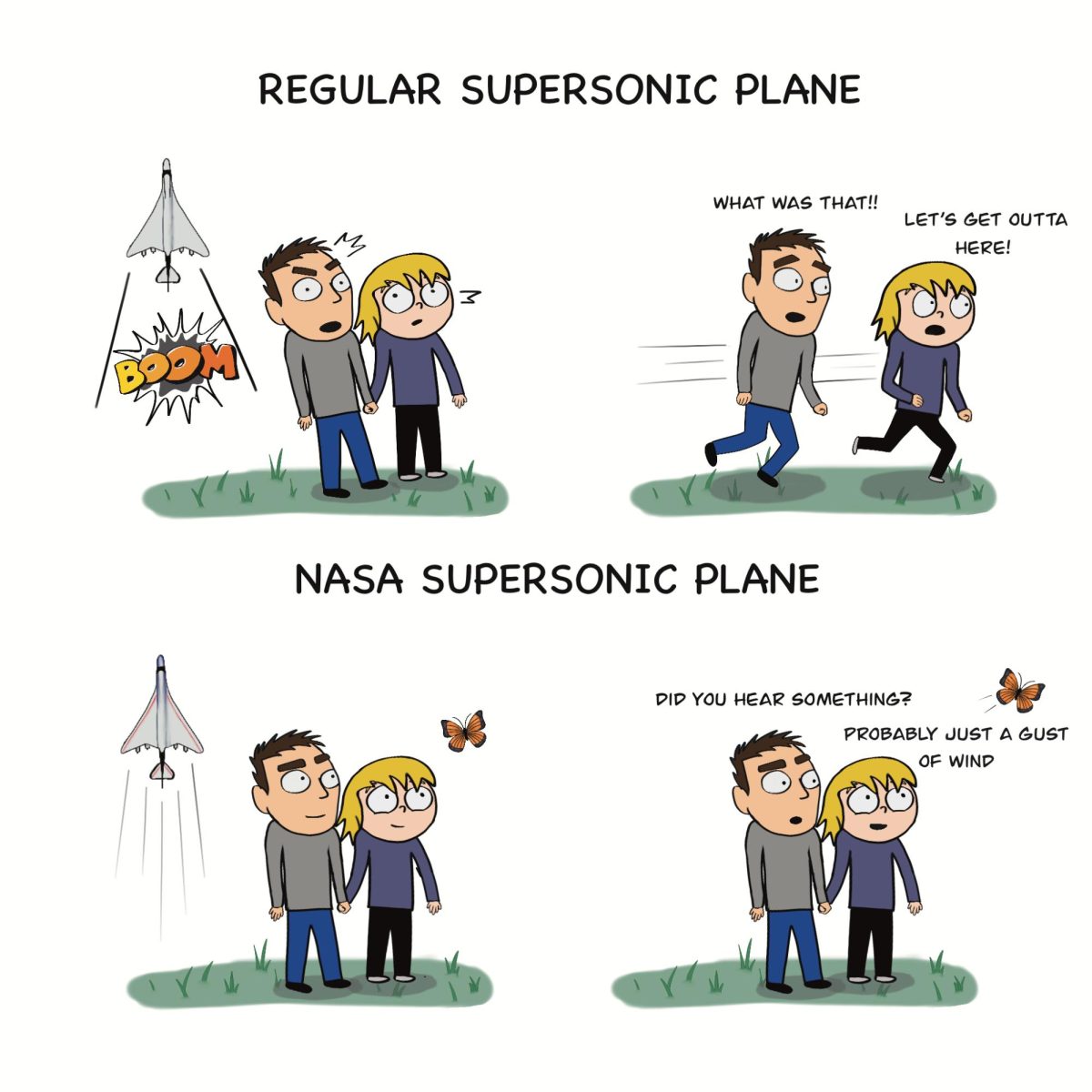Using just physics and chemistry, scientists have developed devices to cook food in creative, efficient ways.
Lazy Hot Pot[divider]Lazy Hot Pot[/divider]
The purpose of this apparatus is simple: to satisfy the need of those who are lazy and want to consume hot pot, an East Asian dish consisting of sliced vegetables and meats cooked in a pot of boiling broth. To prepare a delicious hot pot, one needs a decently large pot, a long list of raw ingredients and a selection of broth. Of course, there is also the less tedious option of driving to a nearby restaurant. Lazy Hot Pot can yield a full-size meal for two in just 15 minutes, using simple science one can understand after taking a high school chemistry course.The process is quite simple: unbox the lazy hot pot, and the user will find the box itself divided into two layers.
The top layer provides a place for the raw ingredients and broth that came with the package, while the bottom layer is designed for the heating process.
In order to use both layers to cook the hot pot, dump all the vegetables, meats, water and spices into the top layer. Then, place tap water in the bottom layer with the heating pack, designed to boil the water, and immediately close the lid of the box. Finally, sit back and wait for the magic to happen. After 15 minutes, the hot pot will be fully cooked and ready to serve.
“Lazy Hot Pot actually tastes surprisingly delicious,” said senior Ruby Shen, who has tasted both traditional and Lazy Hot Pot. “It tastes like actual hot pot, although I don’t advise drinking the broth —it’s too greasy.”
What cooks the hot pot meal? The answer lies in the heating pack, which relies on a similar technique to instanthand warmers — an exothermic reaction, which releases heat to its surroundings. Most heating packs include chemicals such as sodium carbonate, iron powder, aluminum powder, activated carbon, sodium chloride and calcium oxide. When the heating pack is soaked in water, the chemicals disassemble into smaller units of aqueous ions, which regroup to form new compounds while releasing heat to the surrounding water. The heating packs are made with the precise amount of chemicals to cause reactions that generate heat for about 15 minutes, the same amount of time it takes the water vapor inside the box to reach 200 degrees Celsius (392 degrees Fahrenheit).
Air fryer[divider]Air fryer[/divider]
Cooking crispy food now requires no oil, just air. Invented in 2010, the Air Fryer uses a convection system to deep fry food with no ingredients other than the air we breathe.
“I did not know that air fryers work before we got an air fryer,” senior Jennifer Xu said. “We get frozen food items like drumsticks and fries, which makes them a lot (more) crispy than (an) oven (does), because you can’t really deep fry oven foods.”
According to Phillips Industries, the convection system of an air fryer works similarly to a lazy hot pot in that the air fryer also comes in two layers.
The inner layer is a container for the food ingredients while the outer layer is a concentric shell with special patterns designed to transport heat to the surface.
At the top of the inner layer, a heater warms the air around the food and directly insulates it in the inner container. On top of the heater, a fan with high frequency circulates the warm air all around the inside layer, aiming for an internal temperature of 200 degrees Celsius, according to the Phillip Industries website. Since heat is delivered from the top while also being fanned around the inner layer, the food is cooked from all angles.
This simulates the effect of deep frying — the only difference is that the food is submerged in warm air instead of boiling oil.








